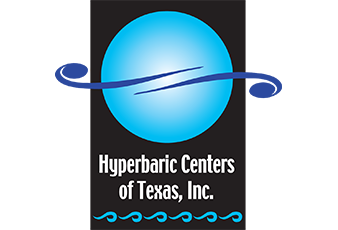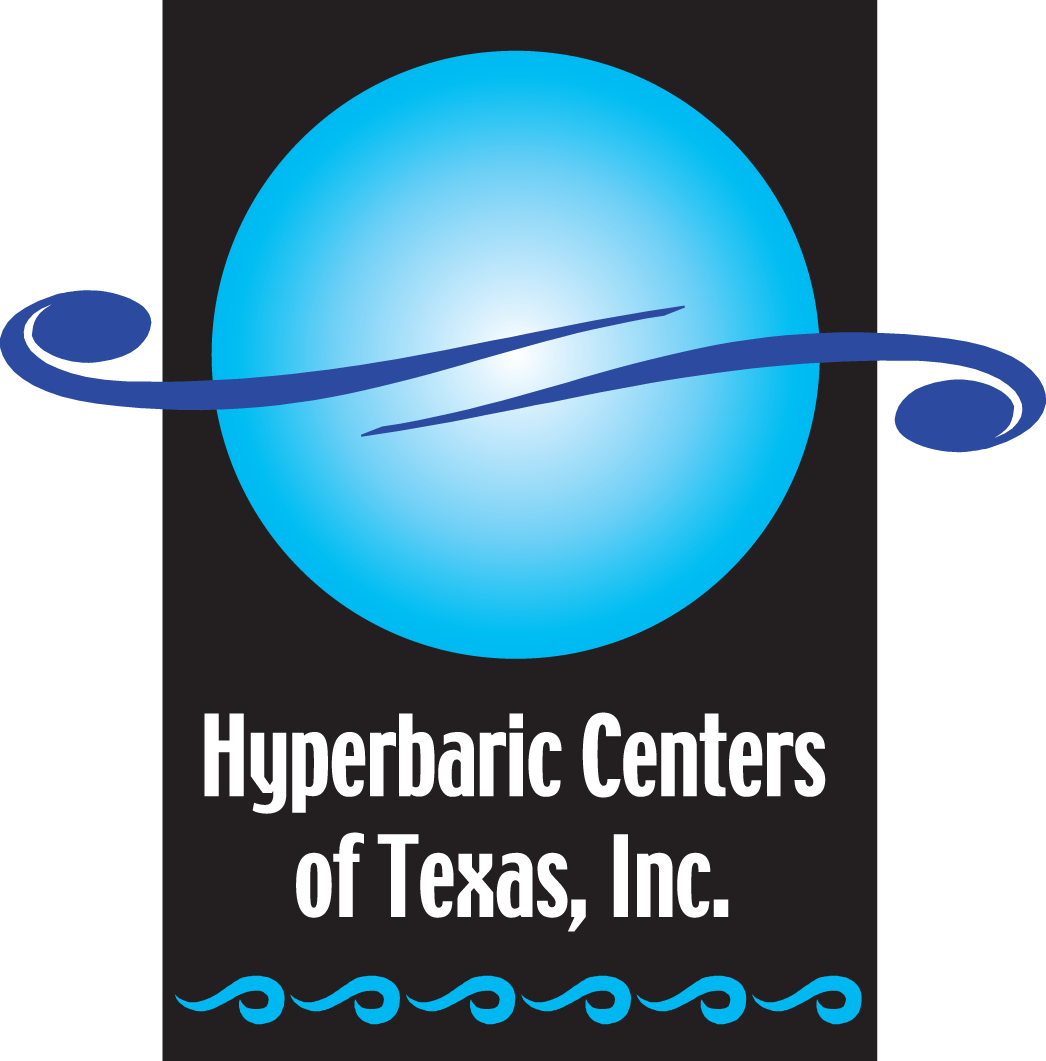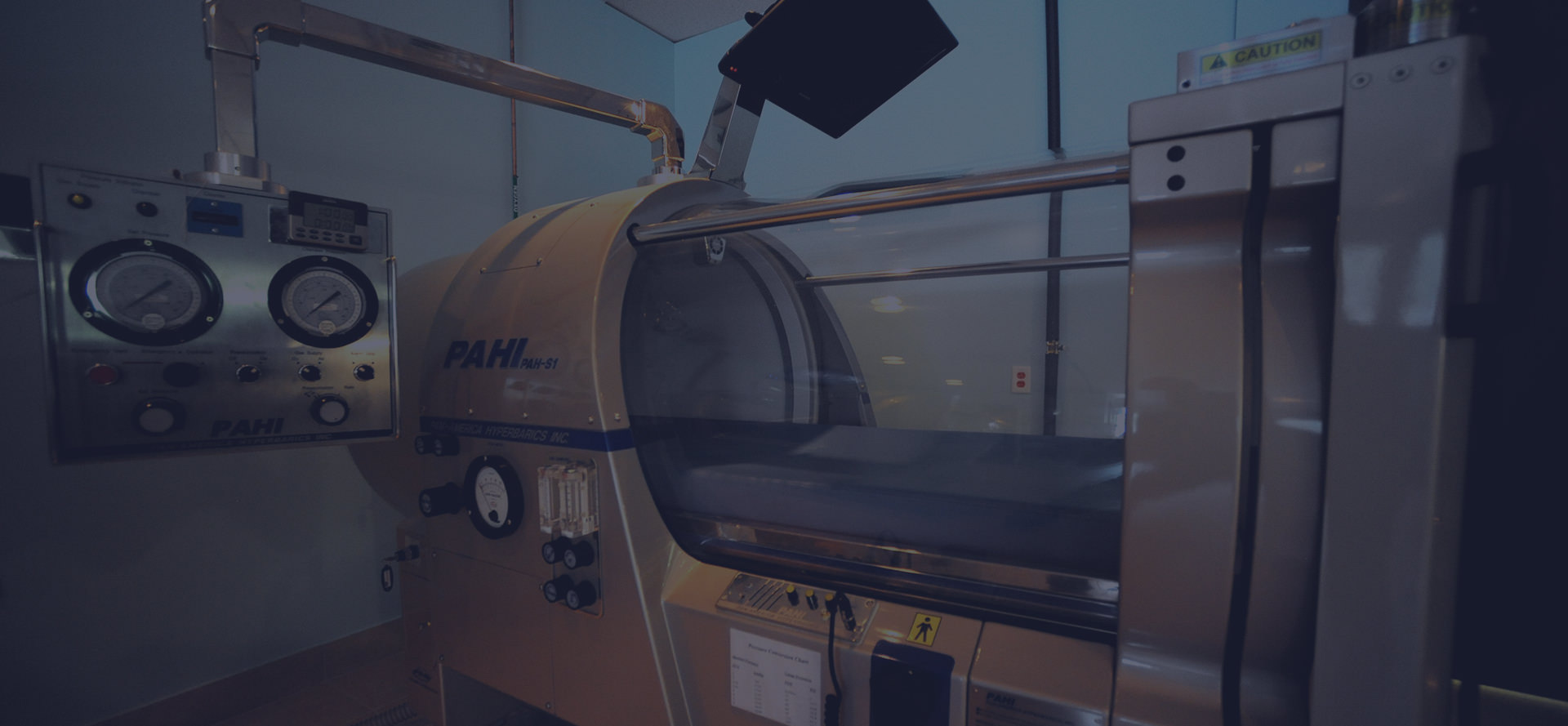
Hyperbaric Oxygen Therapy
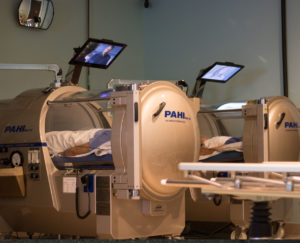
During a hyperbaric oxygen treatment, the patient lies in a hyperbaric chamber for between 60-90 minutes, during which the atmospheric pressure is slowly increased. During the treatments, you breathe 100% pure oxygen. Under normal conditions, hemoglobin carries oxygen to all the body’s cells. Hyperbaric oxygen therapy saturates the serum in the blood vessels that carry hemoglobin, enabling them to deliver 10-15 times more oxygen. This saturates the body’s tissues – reversing hypoxia (low oxygen levels) – and creates cell healing.
Benefits include
- Increased oxygen concentration 10 to 15 times that of regular air
- Enhancement of the body’s natural healing process
- Increased oxygen to areas with compromised blood flow
- Growth of new blood vessels
- Enhanced formation of collagen and new tissue growth
- Improved immune system response
- Enhanced cellular detoxification
- Improved brain cell function
- Restoring oxygen to depleted tissues and cells
- Assisting with impaired circulation
- Reduced swelling, inflammation, bruising, infection, scarring, and recovery time from surgery and injury
- Enhanced white blood cells’ ability to destroy bacteria and fungi
- Creation of an unfavorable environment for anaerobic bacterium to live
Our monoplace hyperbaric chambers:
Include comfortable mattresses, blankets, and pillows for your comfort during treatment
Allow you to watch TV or other entertainment during sessions
Allow constant contact with technician via intercom
Allow for individual and customized treatment programs
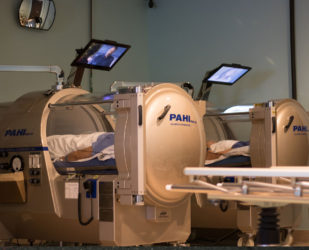
History
Hyperbaric medicine is the use of high concentrations of oxygen at pressures higher than atmospheric for the treatment and management of disease. The first documented use of hyperbaric therapy occurred in 1662 when a British physician created an airtight chamber, called a ‘domicilium’, in which the atmosphere could be compressed and decompressed using oxygen bellows and valves. Although it is unlikely that the physician’s patients benefited from time spent in the domicilium, his work is remarkable, particularly because it occurred before the discovery of oxygen. In the 1800’s, hyperbaric chambers became popular throughout Europe. The foundations of hyperbaric medicine were laid in 1872 by Paul Bert, a French engineer, physician and scientist, who wrote about the physiological effects of air under increased and decreased atmospheric pressures in La Pression Barometrique.
Dr. J. Leonard Corning built the first hyperbaric chamber in the United States in New York in 1891. Dr. Orval Cunningham, chairman of the Department of Anesthesiology at Kansas University Medical School, became interested in hyperbaric chambers during the influenza pandemic at the end of World War I. Over the next several years, he utilized hyperbaric chambers to treat a variety of diseases, including diabetes, arthritis and syphilis. In 1928, Cunningham opened the largest hyperbaric chamber in the world in Cleveland, Ohio. The medical community remained skeptical of Cunningham’s work with hyperbaric air because he failed to substantiate his claims with clinical data.
In the 1930s, Álvaro Osório de Almeida, a Brazilian physician, recognized the potential benefits of hyperbaric oxygen therapy and published several papers on his work on the effects of high doses of oxygen on tumors in animals and people. The United States Navy also conducted extensive research on the use of hyperbaric oxygen to treat decompression sickness. A significant report on this research was published by Behnke and Shaw in 1937. Since this time, physicians and scientists have continued to explore the use of hyperbaric oxygen therapy in the treatment and management of disease.
Source: https://guides.mclibrary.duke.
